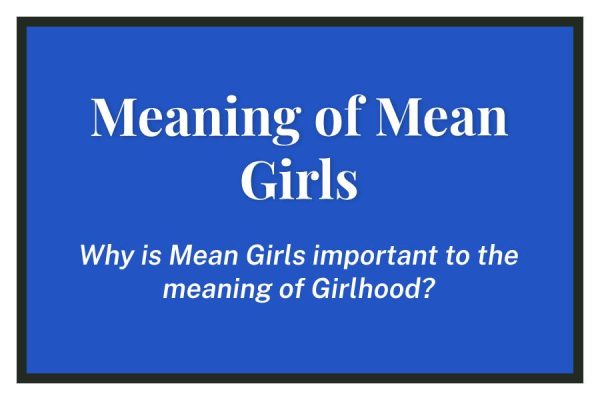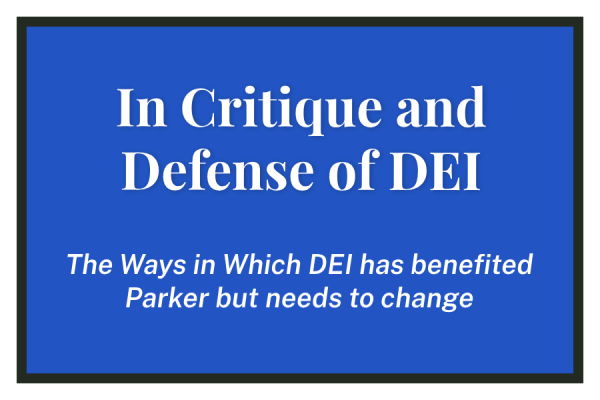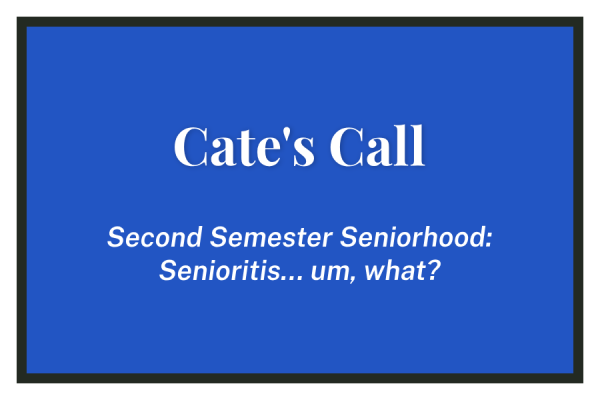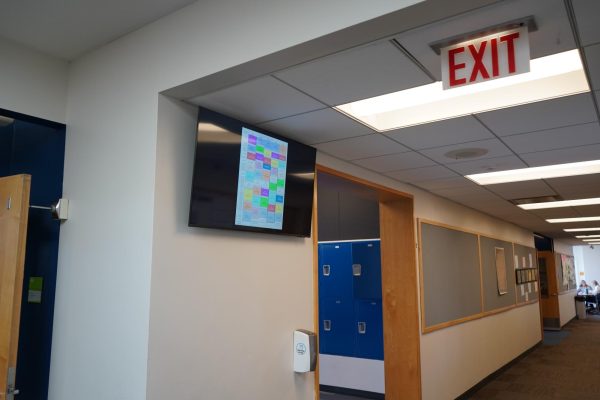Cinco de Mayo
The Importance of Developing a Global Perspective at Parker
Cinco de Mayo celebrates the 1862 victory of the Mexican army against French forces. This victory took place at the Battle of Puebla, a small town in east-central Mexico, during the Franco-Mexican War. In Mexico, Cinco de Mayo is celebrated with military parades, recreations of the Battle of Puebla, and other festivities.
In the United States, the largest Cinco de Mayo parades are held in Chicago, Los Angeles, and Houston.
There are two common misconceptions about Cinco de Mayo. If one sees the Middle School hallways lined with multicolored sugar skulls, that is not–as some think–to celebrate Cinco de Mayo. That decor commemorates the Day of the Dead. Secondly, people often confuse Cinco de Mayo with Mexican Independence day, which was declared more than 50 years before the Battle of Puebla, and which is observed on September 16.
Parker should care about recognizing Cinco de Mayo and other international holidays, because we should want to cultivate the global perspectives of our students. By fulfilling this mission, the school can groom students who will become global citizens, people who have acute perspectives of the world around them and are well-aware of the cultures in their concentrated areas of study.
In this way, Parker can facilitate cultural education for its students, an education that taps into cultures all over the world. The Parker community could be better exposed to sources that offer alternative perspective on national events, such as BBC–instead of solely the Wall Street Journal, say, or CNN.
Spanish classes can use experiential learning to put a stronger emphasis on holidays such as Cinco de Mayo. This experiential learning can take the form of cooking signature Cinco de Mayo dishes, such as Mole Poblano and Chalupas, to immerse students in the experience of Mexicans celebrating this holiday.
Often times teenagers in the United States, and at Parker, simply see Cinco de Mayo as an opportunity to host another house party or to get drunk, not recognizing the historical roots of Cinco de Mayo at all. This holiday isn’t called “Cinco de Drinko.”
On Cinco de Mayo, Americans eat more than 81 million pounds of avocados and drink more beer than on Super Bowl Sunday, according to ATTN. And cultural ignorance stretches beyond the parties. The holiday is commercialized in the United States with fake mustaches, Chipotle, and serapes.
This insensitivity should be countered in school. Spanish teachers can fit Cinco de Mayo into their curricula so that their lesson plans can facilitate the cultural literacy of their students. This way, students will actually understand what Cinco de Mayo is and how it is different from other Mexican holidays.
Spanish teachers in the Middle School and Upper School say that if Cinco de Mayo or another Hispanic holiday doesn’t organically fit into their curricula, then they will give the students a reading and present a video to acknowledge the holiday.
While this is understandable, I believe that that the Department of Languages and Cultural Studies can do more–for example, organize optional events for students who are interested in learning more about Cinco de Mayo. These events can include a teach-in or movie screening on Cinco de Mayo, or a bake sale of traditional Mexican pastries eaten on the holiday, so that if students are curious to learn more, the opportunity is there for them.
Upper School students should be able recognize Cinco de Mayo for what it is, not for the purpose of drinking. This change in action would facilitate Parker’s mission by making people more aware of what people celebrate around the world.












